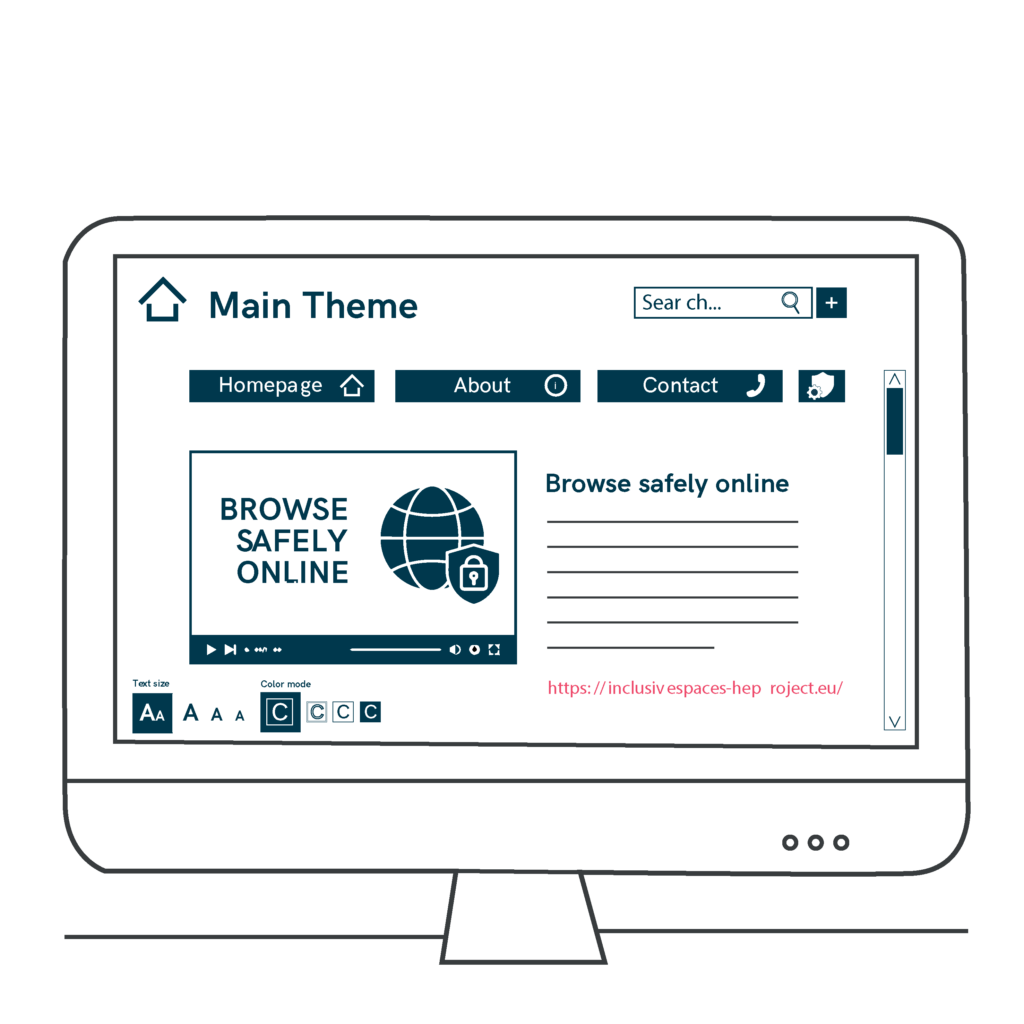Digital Content for Clarity
In the digital world, people are constantly bombarded with information, making it difficult to discern what’s important. It’s crucial to create digital content that is clear, concise, and easy to understand, especially when dealing with complex topics like security. Proper use of color and contrast is essential for visibility and understanding, ensuring that all users, regardless of visual perception, can clearly distinguish elements. A good web design should be intuitive and accessible, prioritizing usability and interaction to ensure that content is accessible to everyone, regardless of their background or technical knowledge.

- Clear Homepage: Display the main theme and contact details prominently.
- Effective Search: Enable quick and easy information retrieval.
- Simplified Navigation: Limit options and ensure easy homepage access.
- Large, Visible Buttons: Improve interaction and user experience.
- Concise Text Display: Avoid excessive scrolling for better readability.
- Index for Long Content: Facilitate navigation for lengthy sections.
- Accessible Links: Use clear wording and indicate visited links.
- Videos with Text: Enhance understanding with narrated explanations.
- Organized Security Settings: Label and categorize for easy access.
- High Contrast: Improve visibility with well-chosen colors.
- Interactive Guides & Icons: Aid learning with familiar visuals.
- Legible Text Placement: Avoid placing text over images.
- Simple Color Palette: Use limited, non-glare colors for clarity.
- Location Indicators: Show user progress on the site.
Sources
- https://commission.europa.eu/resources-partners/europa-web-guide/design-content-and-development/accessibility_en
- https://www.w3.org/TR/2008/REC-WCAG20-20081211/
- https://spet.indimoproject.eu/recommendations/
- https://www.audioeye.com/accessible-web-design/download-pdf/
- https://www.codigotecnico.org/pdf/Documentos/SUA/DccSUA.pdf
- Carers
- Children
- Cognitive
- Cognitive abilities
- Decolonial perspective
- Digital
- Digital barrier
- Enviroment
- Environmental
- Gender and generations
- Gender perspective
- Hearing impairment
- Low-education
- Low-income
- Older people
- Other
- Physical abilities and features
- Sensory and Physical
- Socioeconomic
- Visual impairment